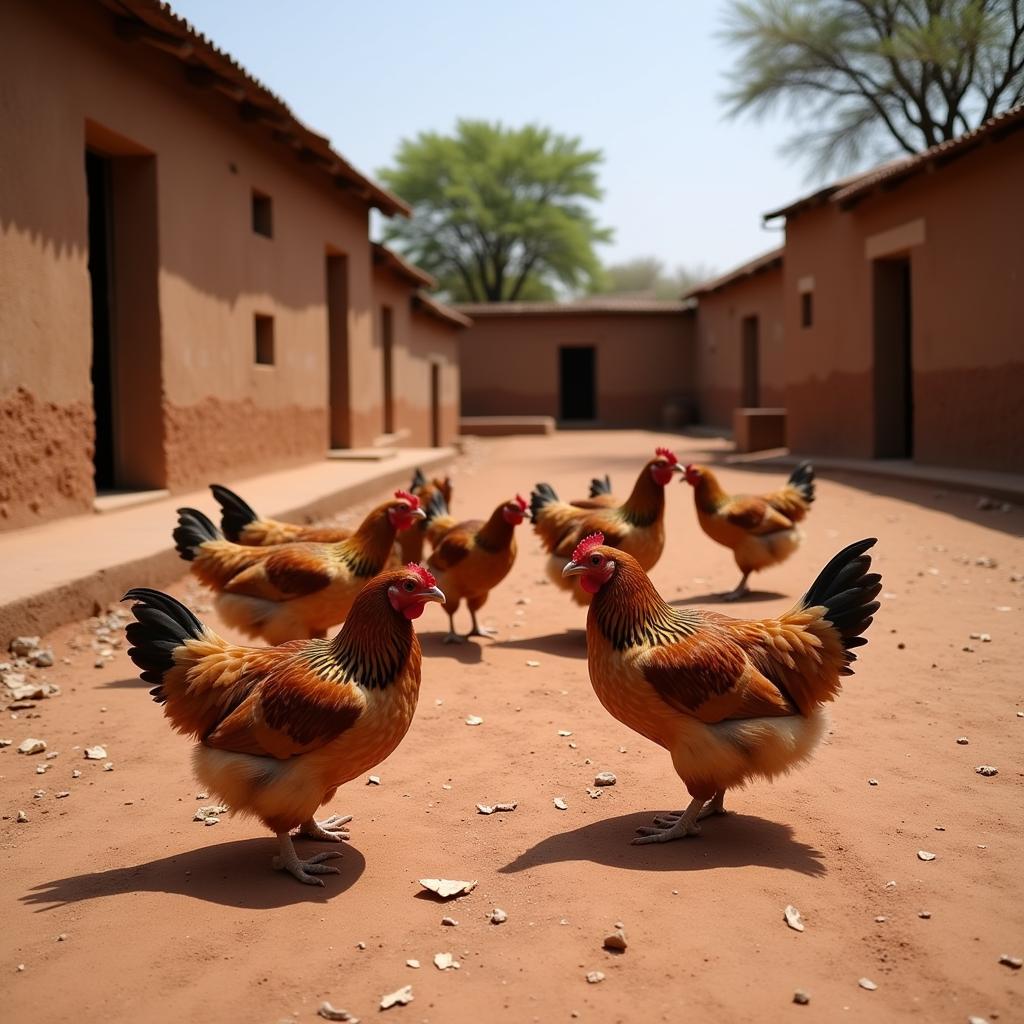The Vibrant World of African Ghana Dresses: A Celebration of Culture and Style
Ghana, a nation on the West African coast, is renowned for its rich cultural heritage, and this vibrancy shines through in its exquisite traditional attire. Ghanaian dresses, known for their intricate designs, vibrant colors, and symbolic meaning, are a testament to the country’s artistic prowess and deep-rooted traditions. Let’s delve into the world of these captivating garments, exploring their history, significance, and the different styles that make them so unique.
A Glimpse into the Past: The Origins of Ghanaian Dresses
Ghanaian dress traditions have evolved over centuries, influenced by various factors like trade routes, cultural interactions, and the craftsmanship of local artisans. The earliest forms of clothing were made from natural materials like bark cloth, leather, and woven fabrics. These garments often reflected social status, tribal affiliations, and even spiritual beliefs.
The Kente Cloth: A Symbol of Pride and Heritage
One of the most iconic and celebrated fabrics in Ghana is the Kente cloth. This woven fabric, known for its intricate patterns and vibrant hues, is often associated with royalty and high social standing. Kente cloth is made from hand-woven strips of silk or cotton, meticulously sewn together to create stunning designs. Each pattern tells a story, often symbolizing proverbs, historical events, or ancestral traditions.
“The Kente cloth is not just a piece of fabric; it’s a living testament to our history, our beliefs, and our cultural identity,” says renowned Ghanaian fashion designer, Nana Adwoa.
Diverse Styles for Every Occasion
Ghanaian dresses come in a wide array of styles, each with its own unique features and significance. Some of the most popular styles include:
- The Batakari: A traditional men’s garment consisting of a long tunic made from woven fabric. It’s often worn with a headwrap, signifying respect and cultural pride.
- The Kaba: A versatile and elegant dress worn by women, featuring a loose-fitting top and a skirt. The Kaba can be adorned with intricate embroidery, beads, or sequins, adding a touch of sophistication and elegance.
- The Slit Dress: This dress is a popular choice for special events, featuring a fitted bodice and a long, flowing skirt with a dramatic slit. It’s often made from vibrant fabrics and adorned with elaborate embellishments.
Modern Interpretations of Tradition
While Ghanaian dresses are rooted in tradition, contemporary fashion designers are reinterpreting these classic styles to create modern and innovative designs. They’re incorporating contemporary fabrics, silhouettes, and color palettes, while still honoring the essence of Ghanaian style. This fusion of tradition and modernity reflects the dynamic nature of Ghanaian fashion, showcasing the country’s rich cultural legacy and its forward-thinking approach to style.
Where to Find and Experience Ghanaian Dresses
If you’re interested in experiencing the beauty and vibrancy of Ghanaian dresses, there are several places to explore:
- Local Markets: Markets like Makola Market in Accra offer a treasure trove of traditional fabrics, clothing, and accessories.
- Boutiques and Design Houses: Many talented Ghanaian designers have their own boutiques and design houses, showcasing their unique creations.
- Cultural Events and Festivals: Ghanaian festivals and cultural events offer a wonderful opportunity to witness the beauty of traditional attire in its full glory.
FAQ:
Q: What are some popular colors used in Ghanaian dresses?
A: Ghanaian dresses are often adorned with bright and vibrant colors, including reds, yellows, greens, oranges, and blues.
Q: What are some ways to incorporate Ghanaian dress elements into modern fashion?
A: You can incorporate Ghanaian elements by adding pops of color, using prints inspired by traditional designs, or accessorizing with statement jewelry or headwraps.
Q: Where can I find Ghanaian dresses online?
A: Several online platforms specialize in African fashion, offering a wide selection of Ghanaian dresses. You can also find many Ghanaian designers selling their creations directly through their own websites or social media pages.
Ghanaian dresses are more than just clothing; they are a reflection of the country’s rich cultural heritage, artistic legacy, and enduring traditions. From the intricate patterns of the Kente cloth to the bold and vibrant colors that adorn the garments, each piece tells a story, celebrating the beauty and diversity of Ghana’s culture. So, embrace the vibrant world of Ghanaian dresses and discover the captivating artistry and timeless elegance that make them so special.



